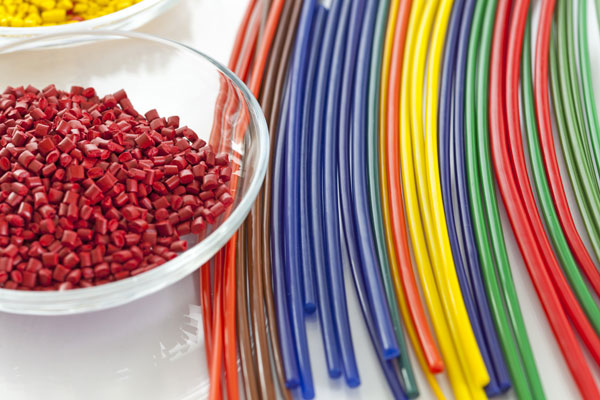




Phone: (914) 381-2400E-Mail: customerservice@marvalindustries.com
 From a distance, it is easy to see why people think all plastic parts are identical, which could not be further from the truth. Depending on how plastic is made, through specialty compounding and color masterbatch, final pieces have different colors, styles, and characteristics. Getting the correct type of plastic is essential to ensure the highest quality parts. Below, we highlight the unique differences between photochromic plastics, focusing on the variations between indoor and outdoor types.
From a distance, it is easy to see why people think all plastic parts are identical, which could not be further from the truth. Depending on how plastic is made, through specialty compounding and color masterbatch, final pieces have different colors, styles, and characteristics. Getting the correct type of plastic is essential to ensure the highest quality parts. Below, we highlight the unique differences between photochromic plastics, focusing on the variations between indoor and outdoor types.
Photochromic plastics, known for their ability to change color or transparency in response to light, represent a significant innovation in material science. However, the approach to creating these materials differs markedly between indoor and outdoor applications. Knowing the difference between both types, including the production and characteristics, can help manufacturers get ideal plastics for their next project/build.
Indoor photochromic plastics are designed to react to artificial lighting conditions, such as fluorescents and LEDs. The specialty compounding process for these plastics involves carefully selecting and integrating photochromic agents responsive to the specific wavelengths of light found indoors. This sensitivity to lower light intensities is achieved by incorporating compounds with a higher reactivity threshold to indoor lighting, ensuring a subtle and controlled transition.
In contrast, outdoor photochromic plastics are formulated to respond primarily to UV light. The compounding process for these materials includes using photochromic agents susceptible to sunlight. The aim is to achieve a robust and noticeable change in color or transparency when exposed to outdoor conditions.
Outdoor plastics undergo compounding with a focus on environmental durability. This includes the integration of UV stabilizers to prevent degradation from sun exposure. Compounds that confer weather resistance, like impact modifiers and moisture barriers, are also essential. These additives help the plastic withstand diverse outdoor conditions, such as temperature fluctuations, rain, and prolonged sun exposure.
The distinct specialty compounding methods for indoor and outdoor photochromic plastics underline the importance of tailored material development. Indoor plastics focus on functionality and safety under artificial lighting, while outdoor plastics prioritize durability and responsiveness to UV light. This specialized approach in compounding ensures that the final products meet the specific demands of their intended environments and push the boundaries of material innovation and application.